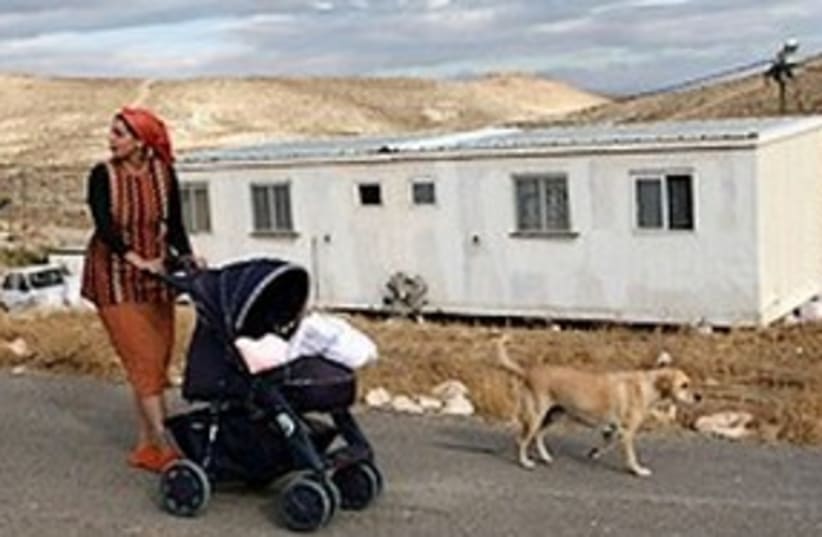RELATED:PM issues statement explaining ‘land swap’ agreementThink tank backs conditional acceptance of Arab Peace PlanUnder the proposal, between 68-80 percent of settlers would remain in place, and the Palestinian state would receive Israeli lands adjacent to the Gaza Strip, the Sinai Peninsula and parts of the West Bank.The significance of the proposal is its source: The Washington Institute maintains close ties with both the Obama administration and the government of Prime Minister Binyamin Netanyahu, and is also in touch with the Palestinian leadership.David Makovsky, a senior fellow at the institute who authored the proposals, said he had consulted with officials in all three administrations while preparing the proposal.The proposal is aimed at pushing back against notions that it is too late to extract a two-state solution, especially now that that Israeli-Palestinian talks seem moribund.“We endorse the idea that the impossible is achievable,” said Robert Satloff, the institute’s director.The proposal does not overcome all the obstacles, notably leaving aside Jerusalem and the status of Palestinian refugees.Additionally, the Palestinian and Israeli sides have deadlocked over whether Israel would leave a security presence in the Jordan Valley indefinitely.The proposal, outlined in three possible maps, allows for contiguity in the West Bank, but also thrusts Israeli “fingers” into the northern West Bank.It also anticipates the necessity of removing Kiryat Arba, the home of thousands of some of the most resolute settlers.
Think tank proposal leaves 80% of settlers in place
Washington Institute recommends land swaps, allowing most settlers stay in place while nodding to Palestinian demands.

RELATED:PM issues statement explaining ‘land swap’ agreementThink tank backs conditional acceptance of Arab Peace PlanUnder the proposal, between 68-80 percent of settlers would remain in place, and the Palestinian state would receive Israeli lands adjacent to the Gaza Strip, the Sinai Peninsula and parts of the West Bank.The significance of the proposal is its source: The Washington Institute maintains close ties with both the Obama administration and the government of Prime Minister Binyamin Netanyahu, and is also in touch with the Palestinian leadership.David Makovsky, a senior fellow at the institute who authored the proposals, said he had consulted with officials in all three administrations while preparing the proposal.The proposal is aimed at pushing back against notions that it is too late to extract a two-state solution, especially now that that Israeli-Palestinian talks seem moribund.“We endorse the idea that the impossible is achievable,” said Robert Satloff, the institute’s director.The proposal does not overcome all the obstacles, notably leaving aside Jerusalem and the status of Palestinian refugees.Additionally, the Palestinian and Israeli sides have deadlocked over whether Israel would leave a security presence in the Jordan Valley indefinitely.The proposal, outlined in three possible maps, allows for contiguity in the West Bank, but also thrusts Israeli “fingers” into the northern West Bank.It also anticipates the necessity of removing Kiryat Arba, the home of thousands of some of the most resolute settlers.